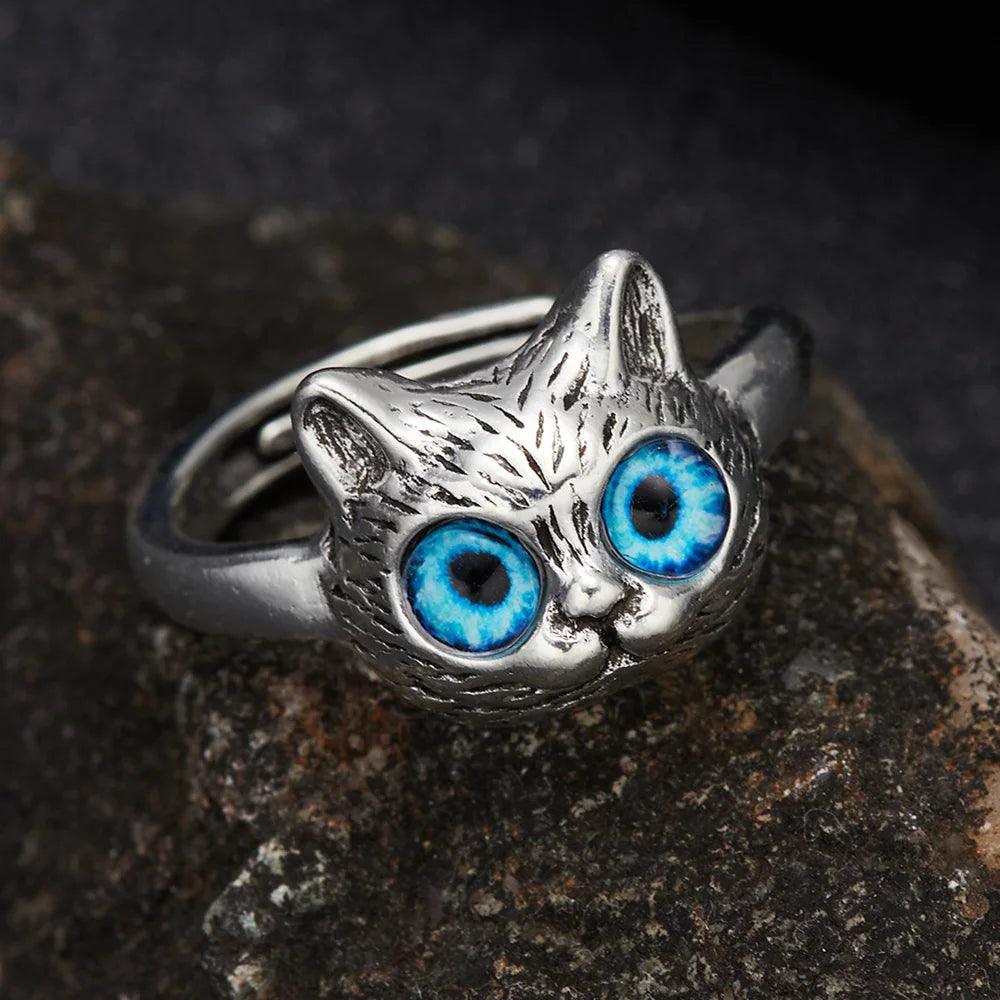Felines, encompassing domestic cats and their wild counterparts, exhibit a diverse range of behaviors and cognitive abilities that have intrigued scientists for decades. As both solitary and social animals, cats display a unique blend of independence and sociability. Understanding the scientific aspects of feline behavior and cognition not only enhances our appreciation for these enigmatic creatures but also provides insights into their evolution, domestication, and interaction with humans.
Evolutionary Roots of Feline Behavior:
Feline behavior is deeply rooted in their evolutionary history as predators. The domestic cat's ancestor, the African wildcat (Felis silvestris lybica), developed behaviors geared towards hunting, territoriality, and self-preservation. The innate predatory sequence, involving stalking, chasing, pouncing, and capturing, is a testament to their evolutionary adaptation for survival.
Communication and Social Structure:
Cats communicate through a complex system of vocalizations, body language, and scent marking. Understanding feline vocalizations, such as purring, meowing, and growling, allows researchers to decipher their emotional states and intentions. Additionally, the social structure of cats, both in the wild and domestic settings, involves hierarchical arrangements, and studying these dynamics sheds light on their social behaviors.
Cognitive Abilities and Problem-Solving:
Feline cognition is a fascinating area of study, encompassing memory, learning, and problem-solving. Research has shown that cats possess excellent spatial memory, allowing them to navigate their environments with precision. Studies on problem-solving abilities reveal that cats can learn through observation and experience, adapting to novel situations using their cognitive skills.
Human-Animal Bond and Domestication:
The process of domestication has influenced feline behavior, leading to the development of traits that facilitate coexistence with humans. The human-animal bond between cats and their owners is a complex interplay of affection, communication, and companionship. Investigating the mechanisms behind this bond contributes to our understanding of how domestication has shaped feline behavior over time.
Sensory Perception and Play Behavior:
Cats rely heavily on their sensory perception, with acute senses of hearing, sight, and touch. Exploring how these senses influence their behavior offers insights into their hunting strategies, navigation, and communication. Play behavior in cats serves both as a means of physical exercise and as a channel for honing their hunting skills, reflecting the interplay between instinct and adaptation.
Environmental Enrichment and Well-being:
Understanding feline behavior extends to creating environments that cater to their natural instincts. Environmental enrichment plays a crucial role in maintaining the mental and physical well-being of cats, preventing behavioral issues associated with boredom and stress. Scientific research in this area informs the design of living spaces that promote a cat's natural behaviors and instincts.
The scientific exploration of feline behavior and cognition enhances our comprehension of these intriguing animals. From evolutionary roots to domestication, communication to problem-solving, the multifaceted nature of feline behavior continues to captivate researchers, veterinarians, and cat enthusiasts alike. As our understanding grows, so does our ability to provide enriched environments that foster the well-being of these enigmatic companions.
Love cats? Check out Just Cat's cat-inspired items. Jewelry, acceories, houseware and more!











